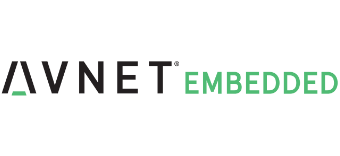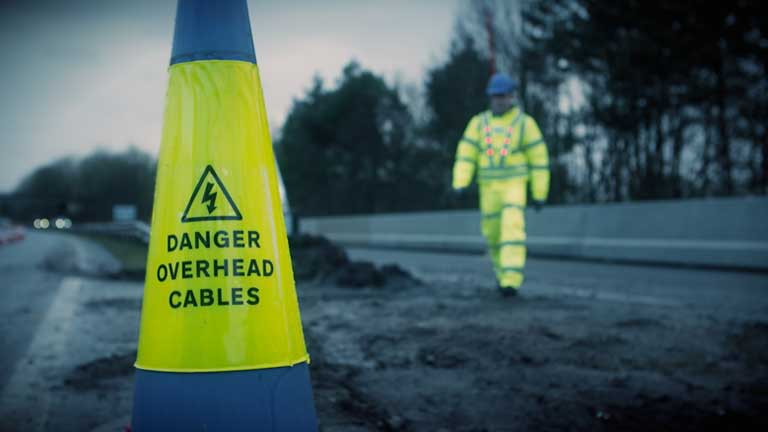Smart thinking, strong partnerships.
“Imagine you’re working – you’re up against it. It’s wet, it’s dark and you’re concentrating. You saw some blue cones further down the road, acting as a symbol that there’s something important that you shouldn’t be hitting, but that was fifteen minutes ago…”
When you’re under pressure in any working environment, the risk of accidents is naturally heightened, but workers who maintain highways are exposed to a particular risk that David Goldsby, the Technology Innovation Manager for Carnell, was challenged to address.
“On average, two people a year lose their lives from hitting overhead lines and Carnell’s driver is to make step changes in safety and efficiencies in the highways sector. We’ve created a team that can look at emerging technologies and try to make good use of them in our industry”
Carnell’s core business is as a specialist maintenance and support organisation for Highways England and has enjoyed a solid reputation as an innovator in this area for the best part of 30 years. However, David and his team have also been investigating and trialling a new product which combines smart thinking in the Internet of Things (IoT) space with strong hardware and software partnerships to reduce injuries and fatalities from accidents involving overhead structures.
The very nature of the location means that the impact of such incidents is huge – in terms of tragic loss of life and the long-term effects on the teams involved, through to the practical logistics of shutting down entire stretches of motorway and subsequent huge financial penalties that these closures incur.
Finding a better way
OVERHEADsafe started life as the brainchild of Carnell’s CEO Darren Nelson and Managing Director, Aidan Clarke, who tasked David to develop it into a viable product.
“They conceived the idea and my role was to take the concept through the agile process – asking the question ‘what’s the minimum it needs to be able to do to prove its value?’ We concluded:
- Eveyone must be able to use it.
- It must be a set distance from the hazard
- It must fall in line with today’s existing procedures
It’s very easy to think ‘let’s create an app’, but the people working in this environment don’t carry phones as a matter of course – or if they do, they’re not readily accessible. We also know that the current practice is to put out blue cones. Roadworkers immediately identify with this and know they’re in a hazard zone. We needed to create something that gives a visual alert when you walk in.”
David and his team began the development of a wearable that gives a visual alert when it detects a worker walking under an overhead line. It began simply – using the standard RFID anti-theft technique we see every day in supermarkets.
From simple prototype to multi-purpose wearable
A prototype was built from a cost-effective Arduino board – the controller unit – which was customised into a light-up vest and triggered by proximity to a base unit, which sits inside the cone. It went through a process of test-feedback-evolve until it was in good working shape and, with Avnet Embedded’s help, Carnell were ready to investigate the transition from prototype to production.
Andrew Wigfield, Microsoft’s EMEA IoT Partner Lead thoroughly evaluated OVERHEADsafe, asking challenging questions of the Carnell team at every stage. “And immediately the value of working with Avnet Embedded and Microsoft became clear,” explains David. “They were very honest in their evaluation of OVERHEADsafe and highlighted the importance of a failsafe in our technology. They believed we had taken the right approach overall in keeping it simple.”
The time spent with Avnet Embedded and Microsoft was invaluable to developing OVERHEADsafe further – and fast. It became clear that the wearable had the potential to do so much more. In an environment where phones are uncommon, they had the chance to take some of the capabilities of a smartphone and build them into the vest. The latest iteration of OVERHEADsafe now harnesses the power of data, with a view to gaining powerful insights that have the potential to change behaviours for a safer working environment.
“Cone and vest, yes. But now we know if the worker is standing up – or has fallen over. If they’re doing heavy lifting, or just walking. By picking up on patterns in working, we can redesign the way that jobs are done in order to minimise risk and keep workers safer than ever.”


 Avnet MSC
Avnet MSC
